Stretch marks usually begin as red or purple and slowly change their color to white over time. Fresh marks appear redder because blood vessels are still in the growth phase and it’s the ideal time to start treatment. White stretch marks have been on your body for a long time and they’re more difficult to treat but you can still help them fade naturally.
Stretch marks are harmless but they can cause a lot of people to feel stress and anxiety over their appearance. We at Bhaskar Health have done some research to find out what we can do to minimize those tiger stripes, whether they’re new or old.
1. Use retinoid creams.
Retinoid has proved itself to be effective in treatment of red stretch marks. It may improve the appearance of stretch marks that are less than a few months old. Retinoid helps to rebuild collagen and makes the stretch marks look more like your normal skin.
2. Self-tanners can help.
“Sunless tanners” can help cover up the redness of stretch marks, making them less visible. If you have stretch marks, tanning in the sun is not recommended. It can darken the stretched skin and make the marks more noticeable.
3. Eat the right foods.
There’s no magic food that can make red stretch marks disappear, but some products help promote skin health and reduce the appearance of stretch marks. Medical experts recommend drinking plenty of water, as it keeps your skin soft and less likely to develop stretch marks. Foods high in zinc, such as nuts or fish, also contribute to healthy, glowing skin.
4. Exfoliate regularly.
Regular exfoliation removes excess dead skin from your body and new skin from your stretch marks. It works better alongside other treatment methods because removing dead skin from your stretch marks allows other treatments to work faster.
5. Keep the pounds off.
Staying active and keeping a healthy weight may help to prevent skin stretching. It’s easier to fade old stretch marks if your skin is not undergoing any new stress like significant weight gain or weight loss.
6. Give microneedling a try.
Microneedling uses tiny needles to create small punctures on the top layer of the skin. It targets the dermis, the layer of your skin where stretch marks form. It “traumatizes” the skin and triggers the body’s natural response of creating more collagen to heal the wounds.
Do you have stretch marks? Do you know of any other methods that can make them less noticeable?

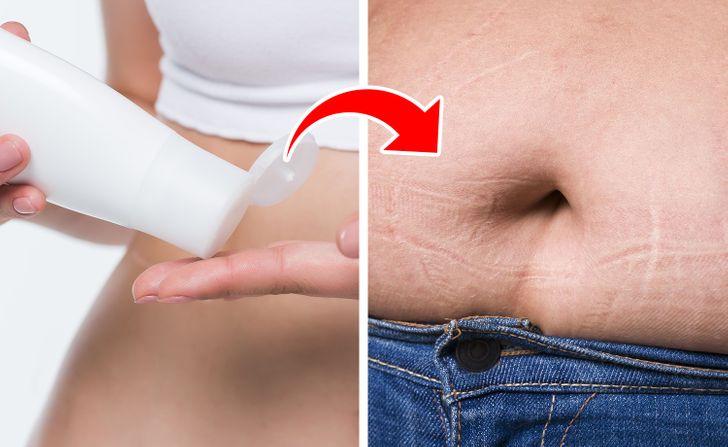
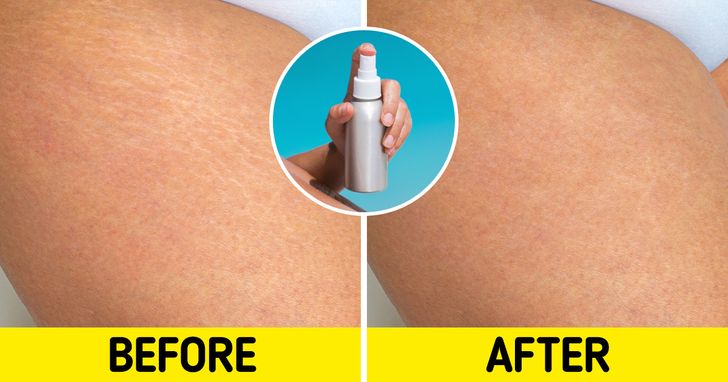
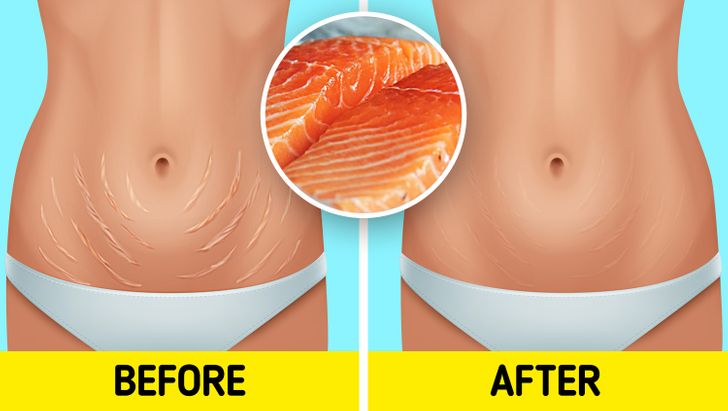
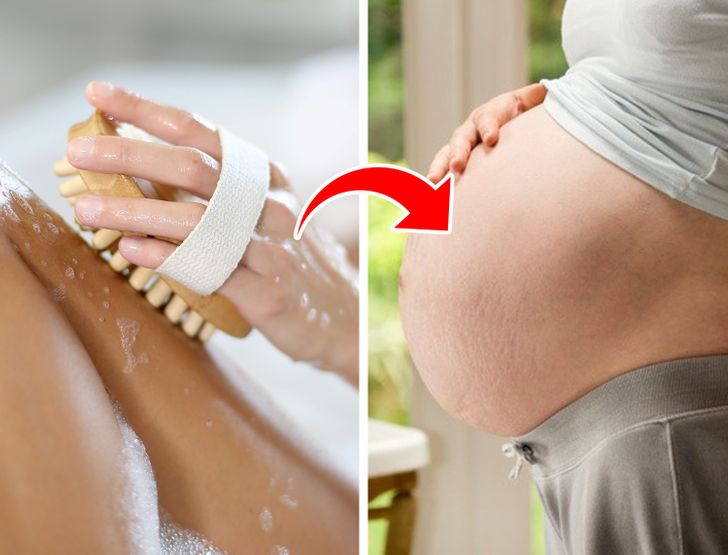

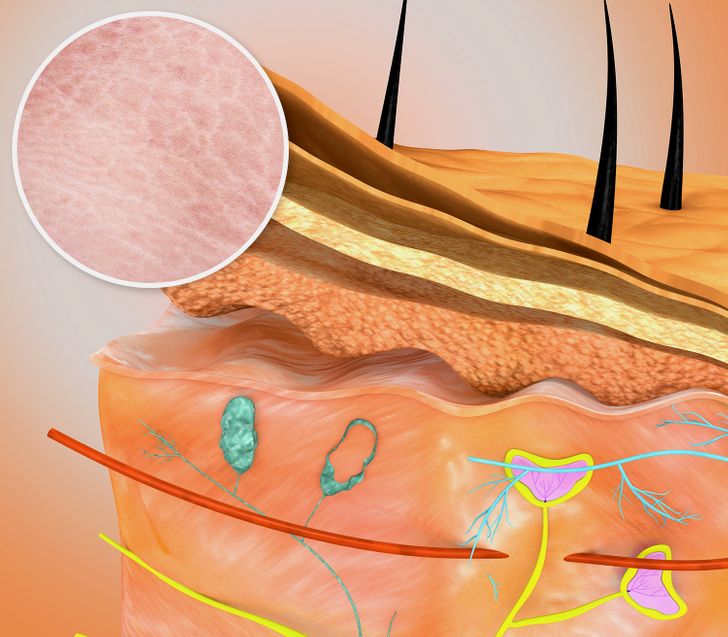
0Comments